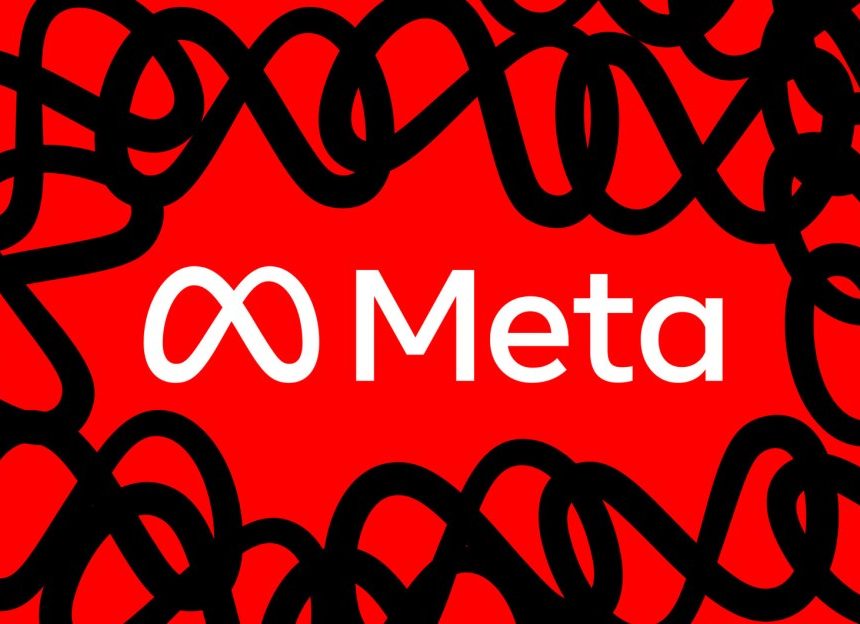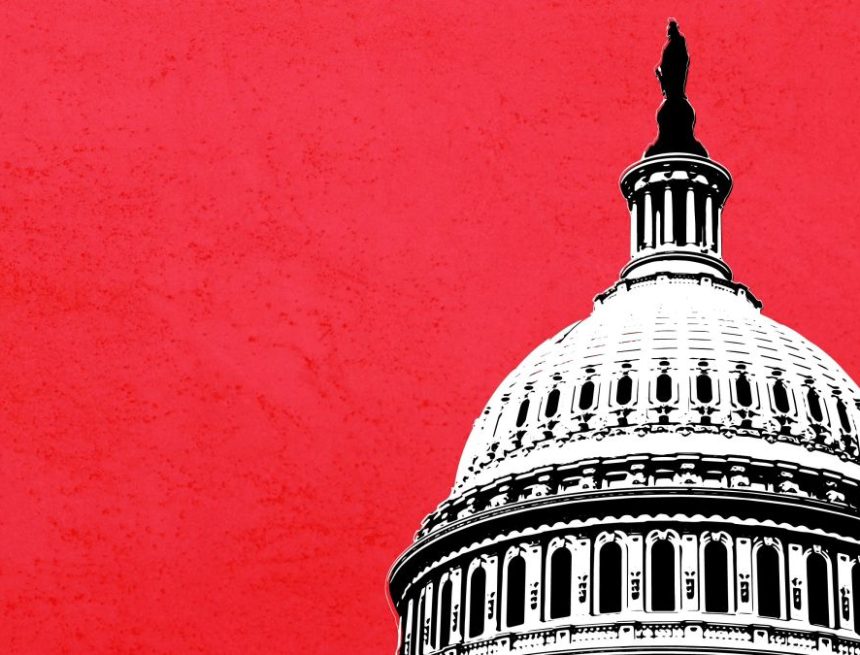The message from global regulators this week was blunt: the AI boom is driving stocks to dotcom-bubble highs – and the world is finally listening. With so much cash riding on so few firms, any loss of faith could send shares tumbling and drag down the wider economy. China’s proposed export controls on rare earths add a fresh threat: not just to sentiment, but to advanced chip supply chains themselves. It’s a long way down from such dizzying heights if gravity reasserts itself.
Warnings from the past abound in Charles Kindleberger’s history of financial crises, Manias, Panics and Crashes, which begins with tulip mania in 1636. What commonly happens, he wrote, is “that some event changes the economic outlook. New opportunities for profits are seized, and overdone.” Once the mistake is realised, there’s a panicked exit with a crash in the price of “whatever has been the subject of the mania”. The pattern repeats itself so frequently that it seems investors never learn and central bankers learn too late.
But why? Look to economist Hyman Minsky, from whom Kindleberger borrowed much. Minsky addressed the deeper conundrum that is being sidestepped today: how to stabilise financial innovations before they destabilise the system? He thought that the longer markets remain calm, the more risk they take. The genius – and danger – of capitalism is that it can’t stop chasing another win. To prevent that, Minsky thought, required not moral restraint but institutional redesign.
Minsky’s insight into capitalism was that it runs on belief. Firms invest today because they expect others to invest tomorrow, while lenders need high asset prices – and move to shore them up. This confidence loop keeps the economy humming until doubt creeps in, valuations slip and an inevitable and abrupt market crash looms. To avert this needed radical change. His plan advocated a “big government” not to prop up share prices, but to prop up society when share prices fall. Backing this was a “big bank”, a monetary authority that would make it harder to buy risky assets on credit. Minsky thought cash should be guided toward productive uses, not asset inflation. He didn’t want to stifle innovation but to make it safe for democracy.
It’s a warning worth hearing today. This summer, OpenAI’s Sam Altman called some tech valuations “insane”. Amazon’s Jeff Bezos says we’re in a bubble. The AI boom looks alarmingly like Minsky’s Ponzi endgame – with prices sustained purely by expectations of rising valuations and easy refinancing. Startups with no product raise billions; index funds become dominated by juiced up stocks; capital chases fads rather than earnings. The ratio of the total market cap of all US stocks to US GDP is at a record high. Sceptics, however, point out in the year before the dotcom crash the Nasdaq rose 86%, while it has only gone up 24% in the last 12 months.
AI may change the world. But perhaps not, if markets can’t deal with the wave of speculation it has unleashed. A Minskyan approach would couple borrowing limits with fiscal and industrial policies that steer cash toward socially useful tech. Mr Altman warned that AI startups with “three people and an idea” are raising vast sums, adding “that’s not rational behaviour. Someone’s gonna get burned.” He’s right. The point isn’t to scold risk-takers, but to build capitalism that can handle – and survive – their excesses.
-
Do you have an opinion on the issues raised in this article? If you would like to submit a response of up to 300 words by email to be considered for publication in our letters section, please click here.


